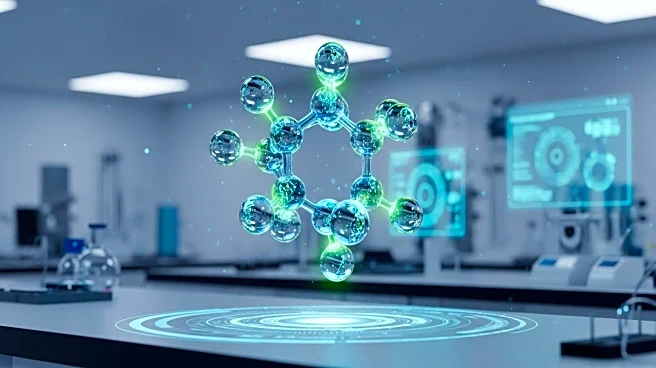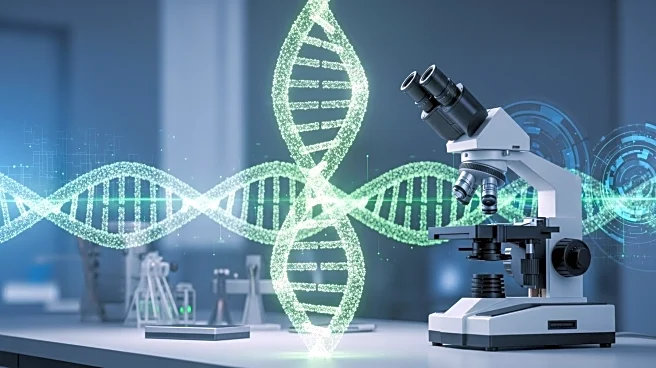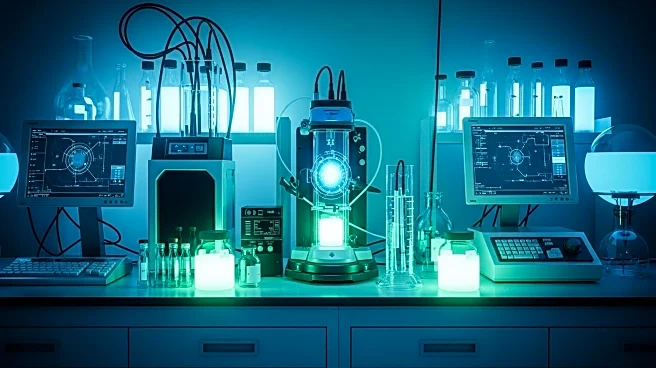What's Happening?
Researchers at the University of Washington, led by Nobel Laureate David Baker, have developed AI-designed protein switches that significantly enhance the speed and control of drug interactions. These molecular switches facilitate binder dissociation rates up to 6,000-fold, offering a powerful tool for safer medicines and sensitive biosensors. The study, published in Nature, demonstrates the potential for rapid sensors for disease markers and environmental pollutants, and improved SARS-CoV-2 sensors. The switches apply an induced fit power stroke mechanism, akin to motor proteins, to achieve dissociation.
Why It's Important?
The development of these protein switches is crucial for advancing drug safety and efficacy. By enabling rapid dissociation, the switches can mitigate harmful side effects and allow for precise control over drug activation. This innovation could revolutionize cancer therapy by enabling high-dose, short-duration treatments, improving outcomes while minimizing toxicity. Additionally, the enhanced SARS-CoV-2 sensor could lead to faster and more accurate viral testing, benefiting public health efforts. The broader application of these switches in biosensors could impact environmental monitoring and chemical detection.
What's Next?
Future research will focus on designing switches that respond to therapeutically relevant effector proteins, such as tumor markers, to support drug activation in disease-relevant conditions. This could lead to localized drug activation in areas like the tumor microenvironment, enhancing treatment precision. The study provides a path for developing therapeutic safety mechanisms post-drug administration, potentially transforming how medicines are administered and controlled.
Beyond the Headlines
The ethical implications of this technology include the potential for personalized medicine, where treatments are tailored to individual patients' needs, reducing the risk of adverse effects. The ability to control drug interactions at such a precise level could lead to significant shifts in pharmaceutical development and healthcare delivery, emphasizing safety and efficacy.










